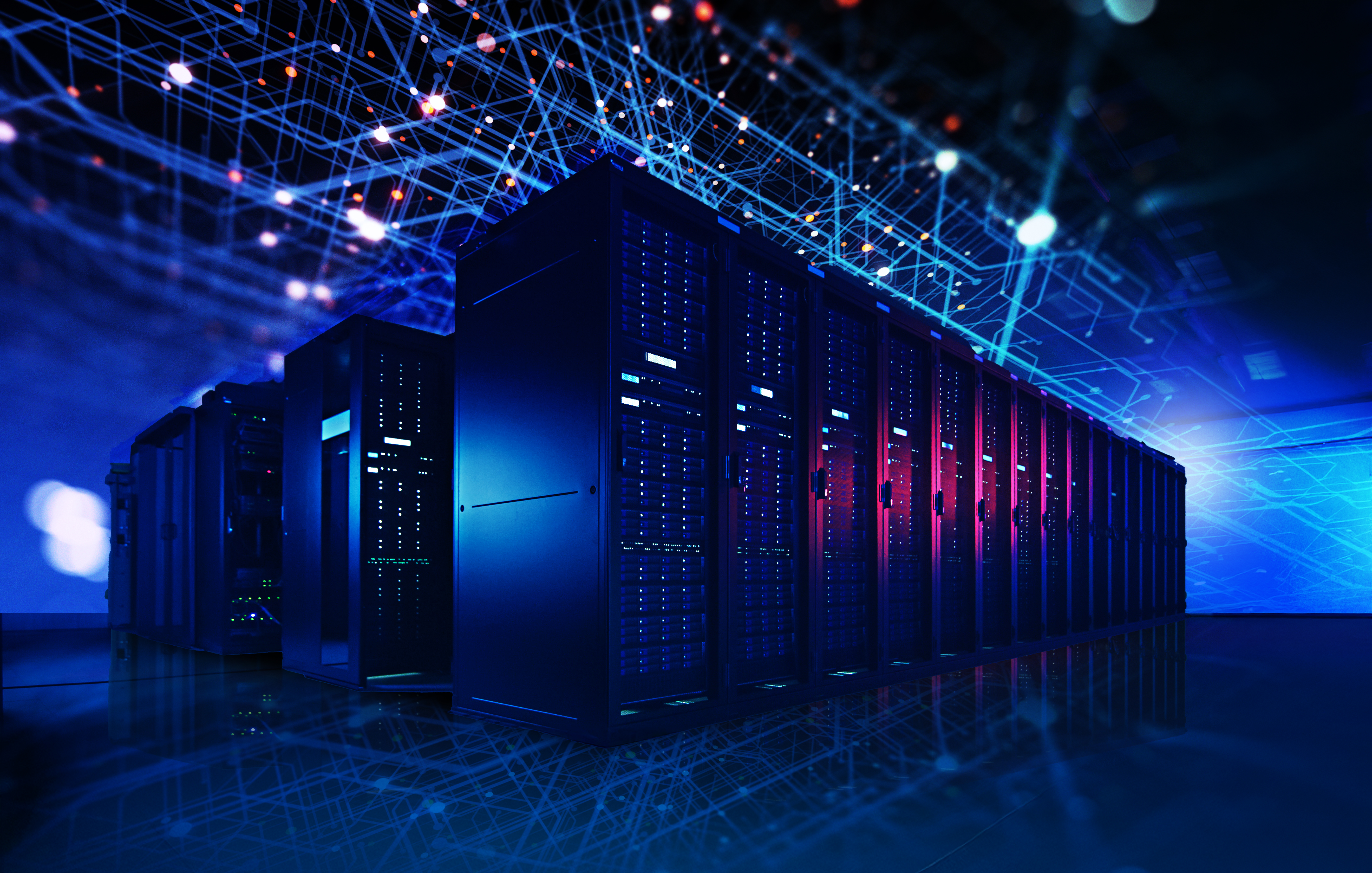 If the latest trends of urbanization in India are believed, people will want to settle in a city atmosphere, even though they’ll be more crowded with higher levels of carbon emissions. The biggest reason for this is because there are more opportunities for human prosperity in and around cities.
If the latest trends of urbanization in India are believed, people will want to settle in a city atmosphere, even though they’ll be more crowded with higher levels of carbon emissions. The biggest reason for this is because there are more opportunities for human prosperity in and around cities.
People have long been building up cities with the blend of craftsmanship and technology. But recently, we have been able to use software and devices to monitor and govern the city in real time. The Internet of Things leads to an increase in penetration of connectivity in urban surroundings, ranging from people’s homes and cars to garbage bins and LED lights in offices.
The SMART & SMACT relation
A smart city is defined as a city that adopts scalable solutions to take advantage of information and communications technology to increase efficiencies, reduce costs and enhance the quality of life. From devices in your hand, in vehicles you drive, in schools where you learn and in public places you visit, data will empower you every moment, driven by ICT enabled apps.
The concept of SMACT (Social, Mobile, Analytics, Cloud and Things) has become the lifestyle of urban citizens. This leads to more data, which needs more Internet bandwidth and ultimately more connectivity.
Opportunities for ICT solutions
The move to cities coupled with the services enabled make intelligent buildings one of the essential aspects for planning considerations. Convergence is the key to leveraging two or more technologies on a single device or system. Convergence is no longer limited to only computers and office networks. It is the capability of the Internet to act as a single foundation for various services that traditionally had their proprietary platforms, protocols and physical infrastructure.
This invites all new applications, platforms, design architecture and physical connectivity media, like enterprise LAN, fixed and wireless broadband, FTTH, 4G, Wi-Fi, sensors, OT & IT, surveillance, energy management and more.
Impact on Physical Connectivity
Wired or wireless, the connections need to support various applications (Wi-Fi 802.11 ac wave 2, 4 Pair PoE / PoE++, 10GBASE-T, NBASE-T etc.) with the ability to communicate with next generation IP devices and Internet of Things. These trends advocate the copper cabling in smart buildings to use Category 6A.
Automation in IT infrastructure adds to its “smartness” and is crucial in becoming pro-active and providing better control, easy documentation and management of the IT assets. AIM, TIA 606-B, for example, lays the foundation for intelligent infrastructure and gives IT managers complete control of their network.
We live in a time of fiber-to-the-everywhere (FTTx) to support services of smart cities. Its adoption in commercial buildings is known as O-LAN or POL (passive optical LAN) that leverages the benefit of fiber for higher bandwidth and longer lengths. The suggestion to go with O-LAN will be based on deliberate considerations of the business requirements and understanding of building structure, layout etc. POL’s energy saving and environmental sustainability, on the other hand, makes it one of the significant contributors to green buildings.
Ultimately, we are all part of the network that can have a huge impact on economical choices. It is the connectivity that needs to be smart enough to make all information available anywhere, anytime. It also needs to be available at ever-increasing speeds to be stored, processed, analyzed and communicated back to fulfil the true purpose of a smart city.
What services in a smart, or SMACT, city are you excited to see put into place?















